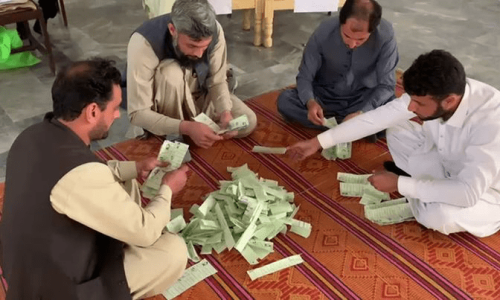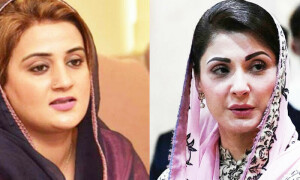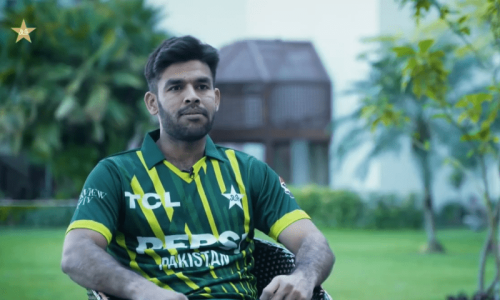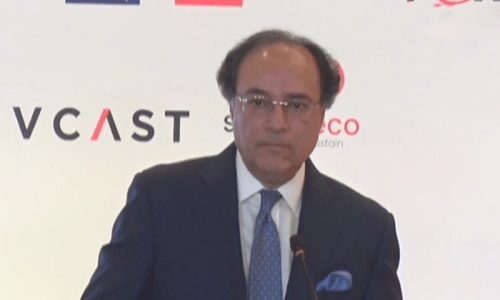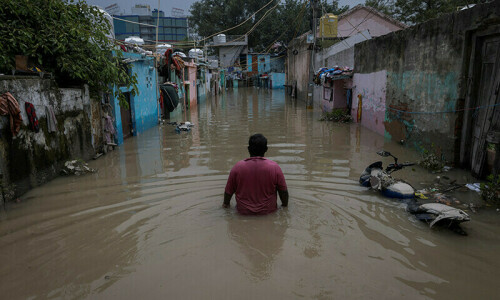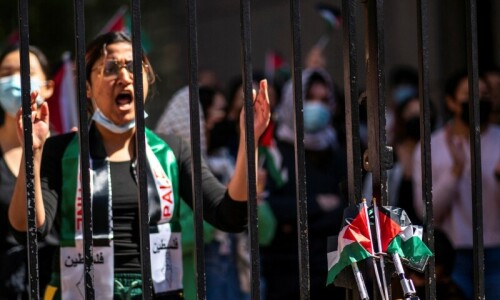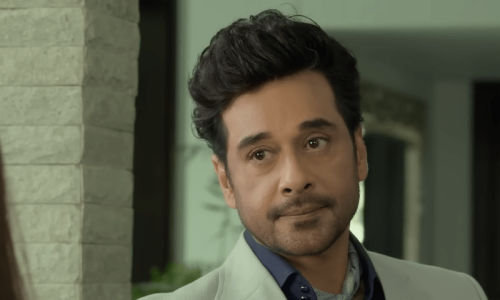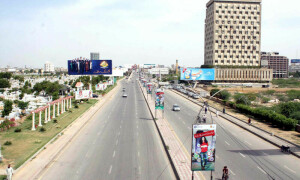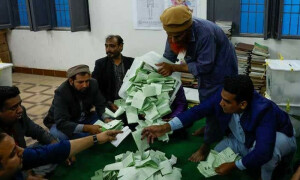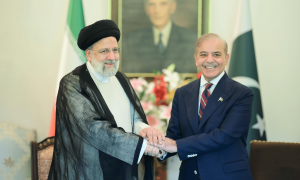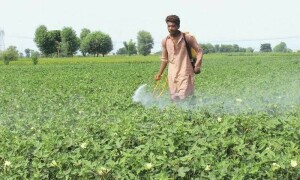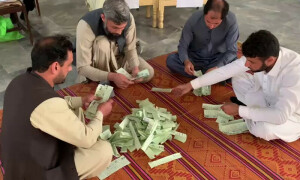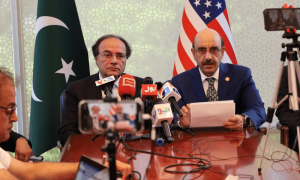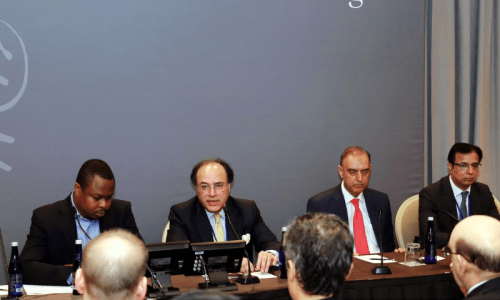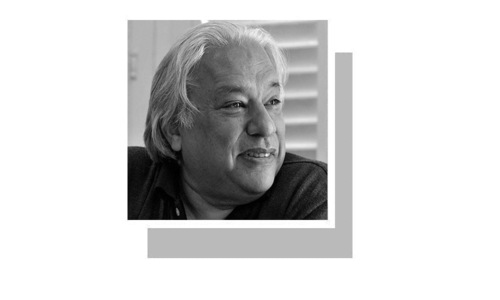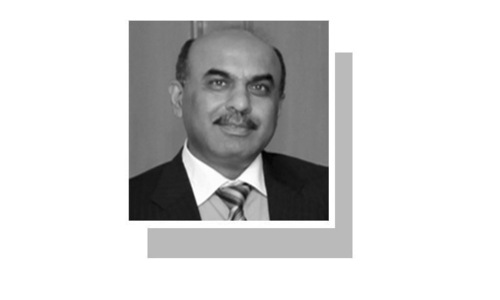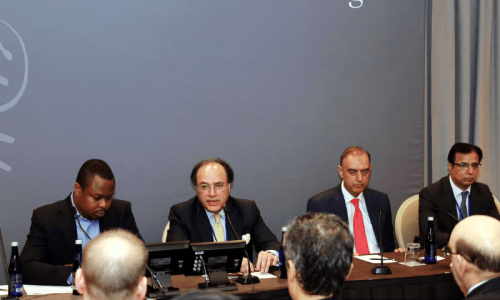OVER the past three decades, the struggle for freedom and rights in India-held Kashmir has gone through many phases, sometimes manifesting itself through armed struggle, sometimes through the political process. However, despite the passage of 30 years, the Kashmiris’ disenchantment with Indian rule has grown, and today, one can say with certainty that there is immense public support for fighters taking on New Delhi’s law enforcers in the disputed territory.
The reason for this is not hard to fathom; the Indian government over the years, especially under the BJP’s watch, has adopted a heavy-handed approach towards dissent in Kashmir, and some half a million troops are stationed in the occupied territory. This militarised approach to resolving a political problem has completely failed — protests are increasing as Indian troops and paramilitaries attempt to subdue Kashmiri citizens, smothering them and using brutal tactics to silence them.
As media reports have noted, today Kashmir has seen the rise of a ‘new-age militancy’ whereby tech-savvy fighters active on social media have opened up a new front against India. Young Hizbul Mujahideen fighter Burhan Wani, who was slain by Indian forces in 2016, has become the face of this new rebellion.
It is a fact that now unarmed Kashmiris often come out to defend fighters from being apprehended by Indian forces. Senior Indian officials have admitted on record that public sympathies for fighters are a major challenge that New Delhi has to confront. While the BJP-led government has adopted a tough position on resolving the Kashmir imbroglio, as the writing on the wall has shown, such an approach has failed and will continue to fail as the average Kashmiri is tired of living under the suffocating grip of Indian rule.
In his speech after the elections, incoming prime minister Imran Khan had mentioned the need for better relations with India, and specifically mentioned the Kashmir issue. The Indian establishment should seize the opportunity, shed its rigid stance and talk to Pakistan about Kashmir, with Kashmiris being the third party in this trilateral dialogue.
Repeating nationalistic slogans that Kashmir is an ‘unbreakable part of India’ will do little to quell discontent in the valley. The fact is, Kashmir is a disputed region, and until a practical solution is found that is acceptable to its people, and supported by Islamabad and New Delhi, the vicious cycle of violence and repression in the region will continue. The way to bring calm to held Kashmir is not to crush its people, but to talk to them.
Published in Dawn, August 7th, 2018

